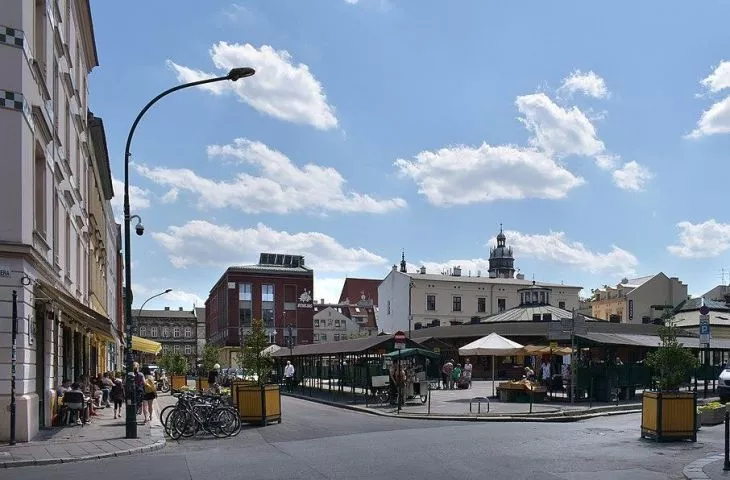Post-pandemic trade strategies
The apocalyptic sight of virtually empty streets during the first lockdown, where even wild animals appeared, lured by the lack of human presence, is - at least for now - behind us. But how, close to a year now, will the unprecedented experience of a pandemic in our time affect our relationship with urban space? How will our perspective and sensitivity to the city change? Because it will certainly change.
It will soon be a year since our relationship with the outside world has been significantly redefined. That outside world includes the city and the ways we use it. Of course, what first comes to mind is the stripping of the city of the existing places we used to use, which means, with greater or lesser interruptions, gastronomy, clubs, shopping malls, museums, cinemas or gyms. Some of the catering and shopping outlets disappeared altogether, as, left without or with insufficient state support, they had to cease their operations. But let's also look at the bigger picture - perhaps the current dramatic conditions will turn out to be a positive change in our thinking about the city in the long term, causing a renaissance.
city vitality
Already a shift is occurring toward supporting what is local and artisanal, what is close and neighborly in place of shopping or dining at chain stores. Perhaps this is the beginning of the twilight of large shopping malls and the whole culture of using such places as self-sustaining colossi. Perhaps urban development will return to the vitality and energy of the past, centered directly on the streets, in the arteries of the city, associated with shopping streets and street food, as the first lockdown hit the large shopping malls in the first place. This type of solution has its own charm, we associate it with naturalness, freedom, travel, but above all it is more sustainable, environmentally friendly and, contrary to appearances, financially more stable. An important aspect of the new-old retail format may also be the migration to local neighborhood centers, making them more self-sufficient. What is at stake is a reversal of the trend toward large-format retail, often in locations that are wrong from the point of view of the city, not the investor, and which leads to the emptying of the city's commercial space at its strategic points. The problem here, however, in the case of Poland, is property law, which makes it difficult to implement a conscious, functional retail, service or restaurant policy. Because if an individual wants to rent a premises, it is easier to do so in the case of the establishment of a new bank or chain store, as these are unlikely to have a problem with income and paying rent. In addition, the city already has a limited number of available premises on the first floors of main streets. Hence, the issue of not only moving away from big-box retail, but the aforementioned turn to locality and neighborhood, including those smaller and less familiar streets and city corners, is so important.
pandemic habits
Also at stake here are habits that, despite the end of the pandemic, may stay with us for a long time. That is, to a large extent, the homemaker lifestyle, working remotely or the idea of a house near the city as a kind of escape and idyllic space. Of course, this poses a great danger (constant car trips to the city for various purposes, suburban sprawl, etc.), although on the other hand, the lockdown perfectly shows how much people thirst for relationships with themselves and the city. However, it is important to try to work out these new relationships now and not to miss the phenomena that are happening before our eyes. For while the city will undoubtedly bustle with life once the restrictions are removed, it is important that this life wisely and sustainably remains within it.














